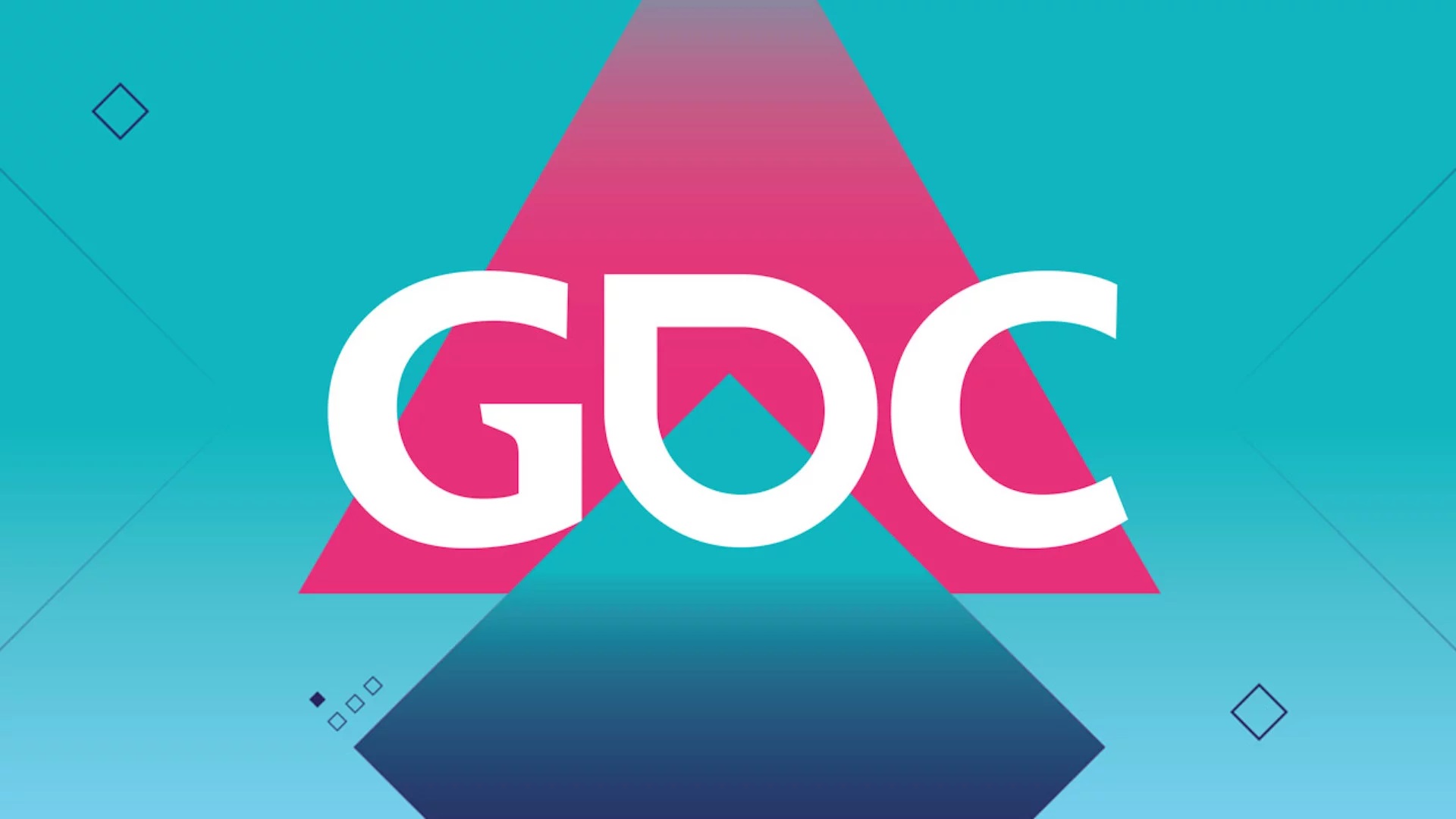#GDCSummer COLUMN: Its Time for INCLUSION To Be Next-Gen Gaming’s Top Priority

“Inclusion creates culture that enables diversity to thrive.”
Last week, the Game Developers Conference (GDC), known as one of the video game industry’s premier professional events since 1988, held its first all-digital conference known as #GDCSummer from August 4-6.
Throughout the three days, the conference included a large range of options for attendees to take part of, including conference content (Q&A sessions, sponsored sessions, community/student channels), interactive sessions (Ask Me Anything (AMAs), roundtables), networking events, showcase features, and special events.
As someone who attended as press, just like any type of large conference, it was a lot to take in and choose which events to be in attendance. I was able to be invited by GDC’s community manager after he reached out to see if I was interested to cover the conference. This was in part of expressing on Twitter of how many people from minority and underrepresented backgrounds even knew that the conference existed (SEE: Twitter Thread).
Events such as this, as well as much of the ongoing conversation that surround increasing the demographic makeup of the industry, reinforces the need of going beyond just diversity come the next-generation of video games and Esports. Inclusion needs to be the top priority in the next-gen gaming era.
A session from the GDC conference that really sparked the desire of this column was a great 30-minute (wished it was longer) session in particular: “Ask Me Anything: Diverse Teams” which featured Carl Varnado, narrative designer of Revelation Interactive and chair of International Game Developers Association (IDGA) Blacks in Games, with moderator Alex Warwo, editor of Gamasutra.
Throughout the session, Varnado emphasized that Black people have always had only between 1 to 2 percent presence in the video game industry for the last 35 years. On top of the representation of underrepresented groups a part of game titles, Varnado talked on the industry still having challenges of confronting both the culture of unconscious and racial bias.
“There are more African-Americans and Black people in the gaming industry now, but we still hover between 1 to 2 percent [as a whole],” said Varnado. “Access has been a little better, but not a lot. There are still challenges of recruiting African-Americans into the gaming industry.”
“As far as [how] the industry actually works, one of the biggest challenges also in the industry has been retention. The work environment hasn’t been as welcoming as it should be,” said Varnado, who is also a 14-year veteran in the industry.
In relation to Varnado’s thoughts, having diversity is necessary in order for the industry to grow, but in recent social discussions surrounding the industry, it seems to be more important now to focus on the inclusion aspect at all levels.
From lead designers to managers to vice presidents to chief executive officers: Both qualified Black people and People of Color need to be appointed within these ranks. Although the system has evolved since the creation of video games, the design of creating work-friendly infrastructures, diverse teams and inclusive workplaces have still been on a stagnant flow in 2020.
In 2020, unbeknownst to the majority demographic, there still becomes a shock anytime there are more than 1-5 Black employers at a gaming company or studio. It even becomes more of a shock on the consumer base of the number of Black or People of Color lead characters/protagonists, antagonists, support characters, etc. are in actual video games.
The fact is that we are still arguing up towards pushing for diversity, when we need to be arguing down in having that inclusion from top to bottom. The gaming industry can’t thrive with only diversity if there is no base of inclusion that positions the change of its status quo.
Major events such as GDC are a great way for minority and underrepresented groups to be present and heard amongst the vast number of mainstream gaming studios, companies, and executives. It not only gives direct perspective from these personnel based on their backgrounds and cultures, but this also gives direct insight for non-People of Color attendees, employees, and leaders to build the relationships and network in outlining definitive, inclusive values completely and thoroughly.
There is diversity, and then there is inclusion. We as Black and People of Color are the biggest advocates of diversity. In this next generation of gaming, its time for the industry at-large to be the biggest champion of inclusion.
